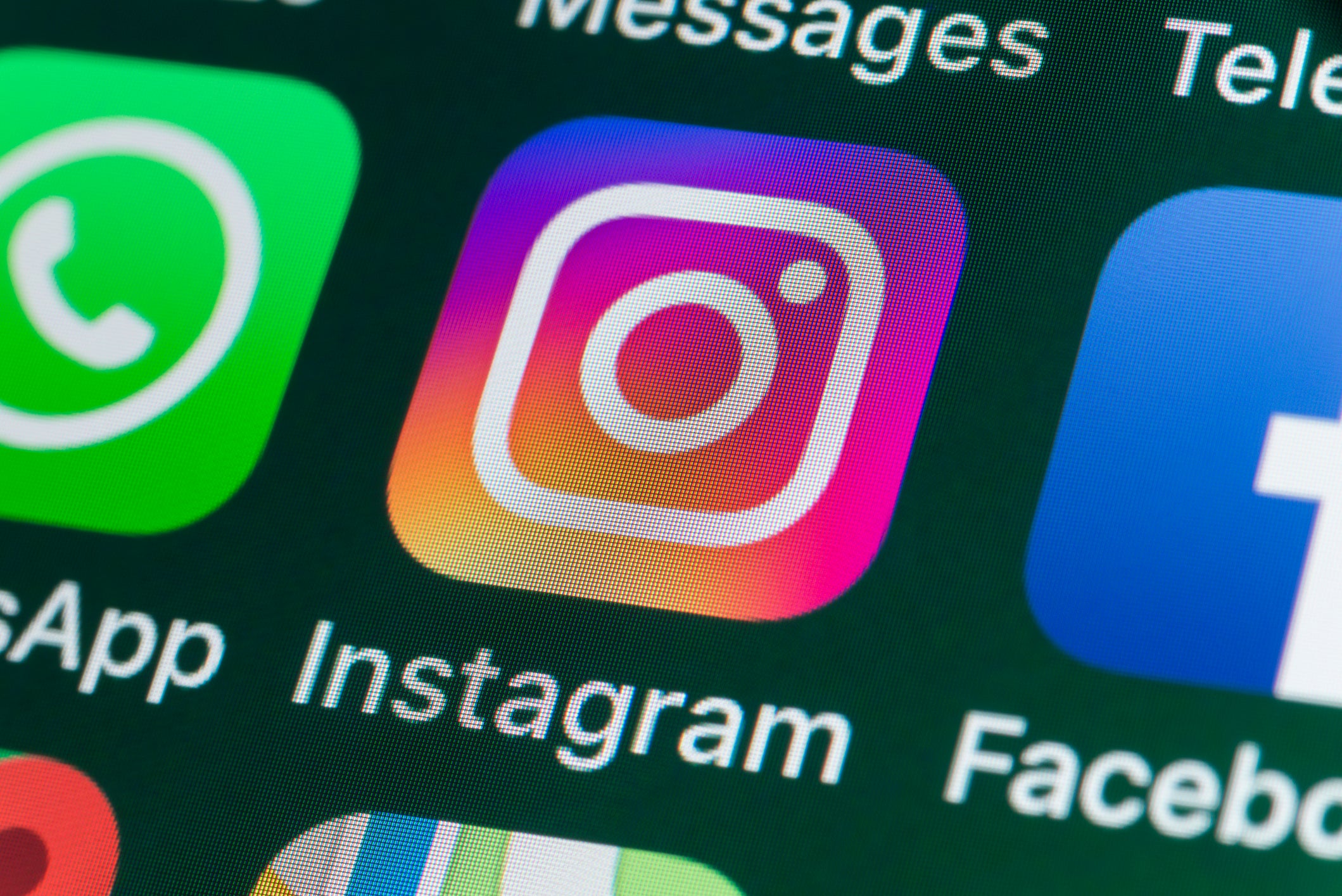Instagram ‘systematically ignores’ misogynist abuse of female public figures, report claims
90% of offending accounts remain active after abusive messages reported, research finds

Instagram “systematically” ignores misogynistic harassment of female public figures, a new report has claimed.
The Center for Countering Digital Hate warned an “epidemic of misogynist abuse” sent over the platform’s direct messages function was being overlooked by moderators. Ninety per cent of offending accounts remained active after sending abusive content and being reported, the report found.
Imran Ahmed, the campaign group’s chief executive, said: “Digital spaces provide increasingly important ways to maintain relationships, communicate and build personal brands.
“For women, however, the cost of admission to social media is misogynist abuse and threats sent by abusers with impunity. Instagram has chosen to side with abusers by negligently creating a culture in which abusers expect no consequences - denying women dignity and their ability to use digital spaces without harassment.
“There is an epidemic of misogynist abuse taking place in women’s DMs. Meta and Instagram must put the rights of women before profit.”
The CCDH worked with five famous women, including US actor Amber Heard, an American actor and Countdown presenter Rachel Riley, to examine problems with Instagram.
Bryony Gordon, a journalist and mental health campaigner, Jamie Klingler, co-founder of prominent campaign group Reclaim These Streets, and Sharan Dhaliwal, who set up one of the UK’s leading South Asian culture magazines Burnt Roti, are the other women who took part in the research.
The report listed several systematic issues with Instagram’s direct messaging system which it said threatened the safety of those using the social media platform.
It found threats of violence and abuse were being sent to women in voice notes as well as in text form and as images, with the CCDH claiming Instagram's safety features were ineffective at blocking out such content.
People using the platform can struggle to download evidence of the vitriolic messages they have been sent, it added.
The CCDH said it was concerned that the sense of a lack of consequences for those sending abuse could embolden some to go on to send further abuse.
In response, Instagram said the CCDH had wrongly concluded that just because accounts had remained active it did not mean the platform had not taken action. Accounts that sent messages which broke the site’s rules are given a strike and blocked from sending DMs for a set period of time, with stronger punishments handed out if they continue to send abusive messages, the firm said.
The social media giant said it had a number of its safety tools in place that can be used to protect against the type of content in question, including features that automatically block accounts that do not follow a user from directly contacting them via DM, as well as the Hidden Words tool which filters out messages to hide those containing offensive or abusive terms and emojis.
But Mr Ahmed said the current processes were not enough and Instagram needed to do more to protect women.
The CCDH carried out separate research on a total of 8,717 DMs, and found one in every 15 direct messages infringed Instagram’s regulations on abuse and harassment. One in seven voice notes that women received contained abusive material.
Some 125 separate instances of image-based sexual abuse were recorded by researchers.
The report raised concerns about Instagram permitting strangers to make voice calls to individuals they do not know, as well as the fact the social media platform “systematically fails to remove accounts” which infringe its policies and regulations.
“Women have long spoken of the abuse that misogynists send to them on Instagram’s direct messages. Harassment, violent threats and image-based sexual abuse can be sent by strangers - at any time and in large volumes - directly into users’ DMs without consent,” researchers at the campaign group said.
“Instagram’s policies promise to act on hate speech, including misogyny, homophobia and racism, nudity or sexual activity, graphic violence, threats of violence. The platform has acknowledged that ‘seeing abusive DMs in the first place takes a toll,’ and in February 2021, Instagram announced new measures aimed at ‘removing the accounts of people who send abusive messages’.”
Cindy Southworth, head of women’s safety at Instagram’s parent company Meta, said: “While we disagree with many of the CCDH’s conclusions, we do agree that the harassment of women is unacceptable. That’s why we don’t allow gender-based hate or any threat of sexual violence, and last year we announced stronger protections for female public figures.
“Messages from people you don’t follow go to a separate request inbox where you can either block or report the sender, or you can turn off message requests altogether. Calls from people you don’t know only go through if you accept their message request and we offer a way to filter abusive messages so you never have to see them.”
Instagram has one billion active users, making the site one of the top four social network platforms in the world.
Research has found that black, Asian and minority ethnic female MPs are subjected to far more abuse online than their white peers – with a previous study by Amnesty International showing that black female MPs and journalists were 84 per cent more likely to be mentioned in abusive tweets than white women.
Join our commenting forum
Join thought-provoking conversations, follow other Independent readers and see their replies
Comments



Bookmark popover
Removed from bookmarks